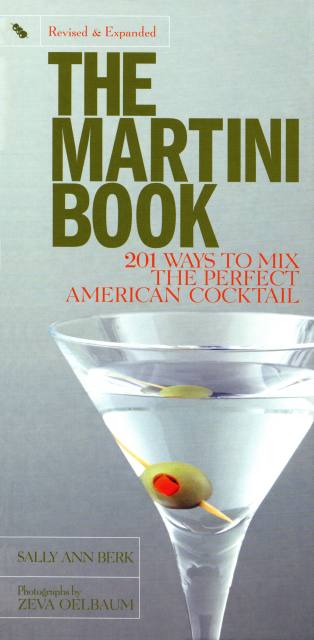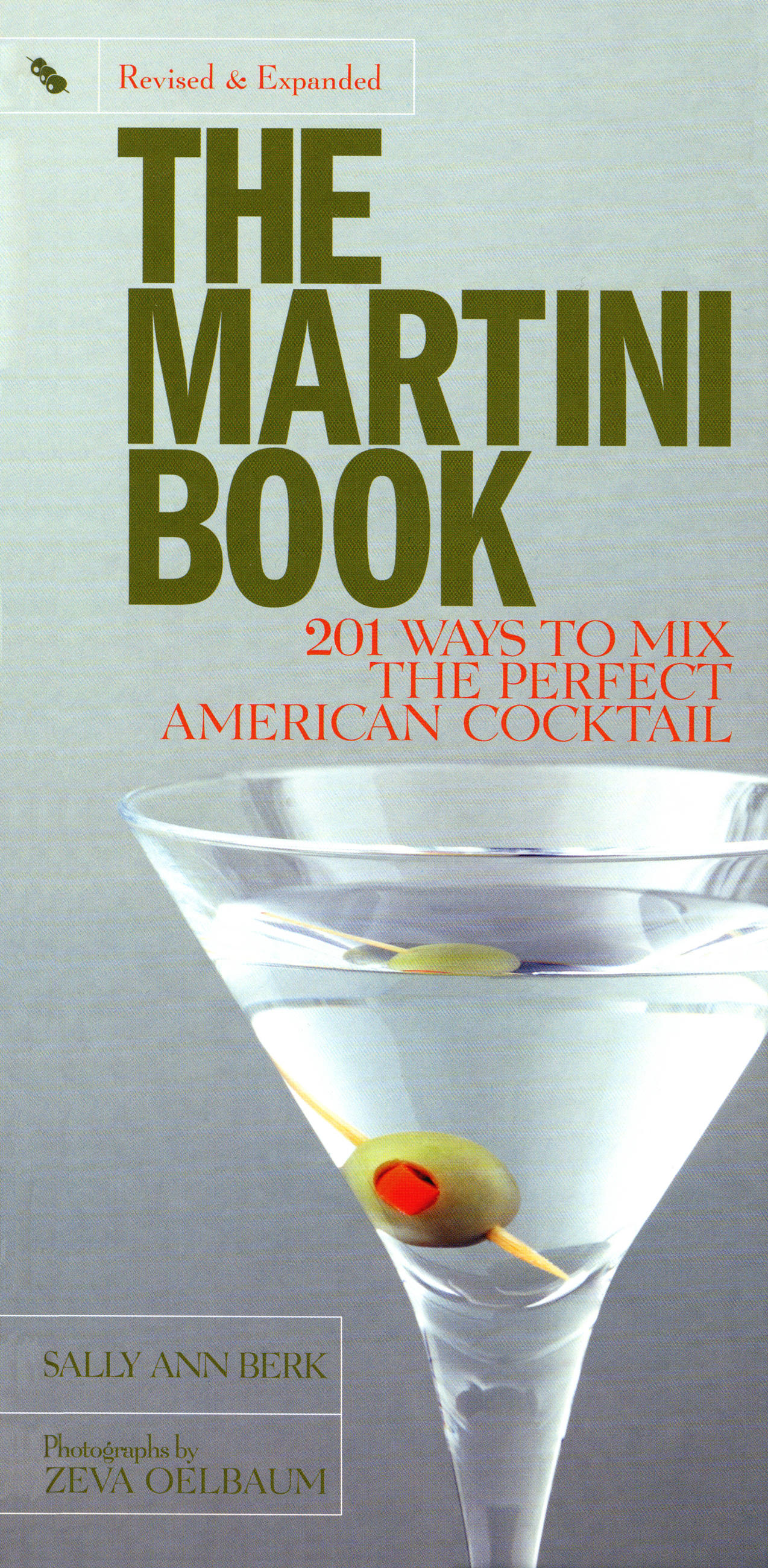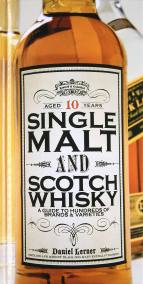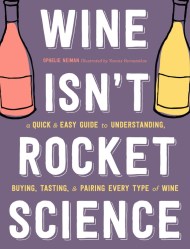Promotion
Use code MOM24 for 20% off site wide + free shipping over $45
Martini Book
201 Ways to Mix the Perfect American Cocktail
Contributors
Photographs by Zeva Oelbaum
Formats and Prices
Price
$9.99Price
$12.99 CADFormat
Format:
ebook $9.99 $12.99 CADThis item is a preorder. Your payment method will be charged immediately, and the product is expected to ship on or around May 1, 2007. This date is subject to change due to shipping delays beyond our control.
Also available from:
It’s classic, sublime, and America’s favorite indulgence? the martini. As the symbol for sophistication and “cool,” it stands alone. The traditional “dry martini,” made with gin and a hint of vermouth, may be the starting point but The Martini Book takes it to the next level, offering hundreds of modern twists in addition to the tried and true original.
Make no mistake, the classic versions of the drink are here, complete with tips for making them perfectly every time. But for those who are more adventurous or looking to expand their drink repertoire, new recipes include the Flirtini, the GreenTeani, the Frosty Mango Martini, the Ginger Snap Martini, and many, many more. There is also practical information on stirring and shaking, a list of essential bar tools (including glassware), and a list of must-have ingredients for any home bar. The beautiful full-color photographs provide inspiration and a guide to making drinks that are as beautiful as they are satisfying.
Genre:
- On Sale
- May 1, 2007
- Page Count
- 192 pages
- Publisher
- Black Dog & Leventhal
- ISBN-13
- 9781603763578
Newsletter Signup
By clicking ‘Sign Up,’ I acknowledge that I have read and agree to Hachette Book Group’s Privacy Policy and Terms of Use







